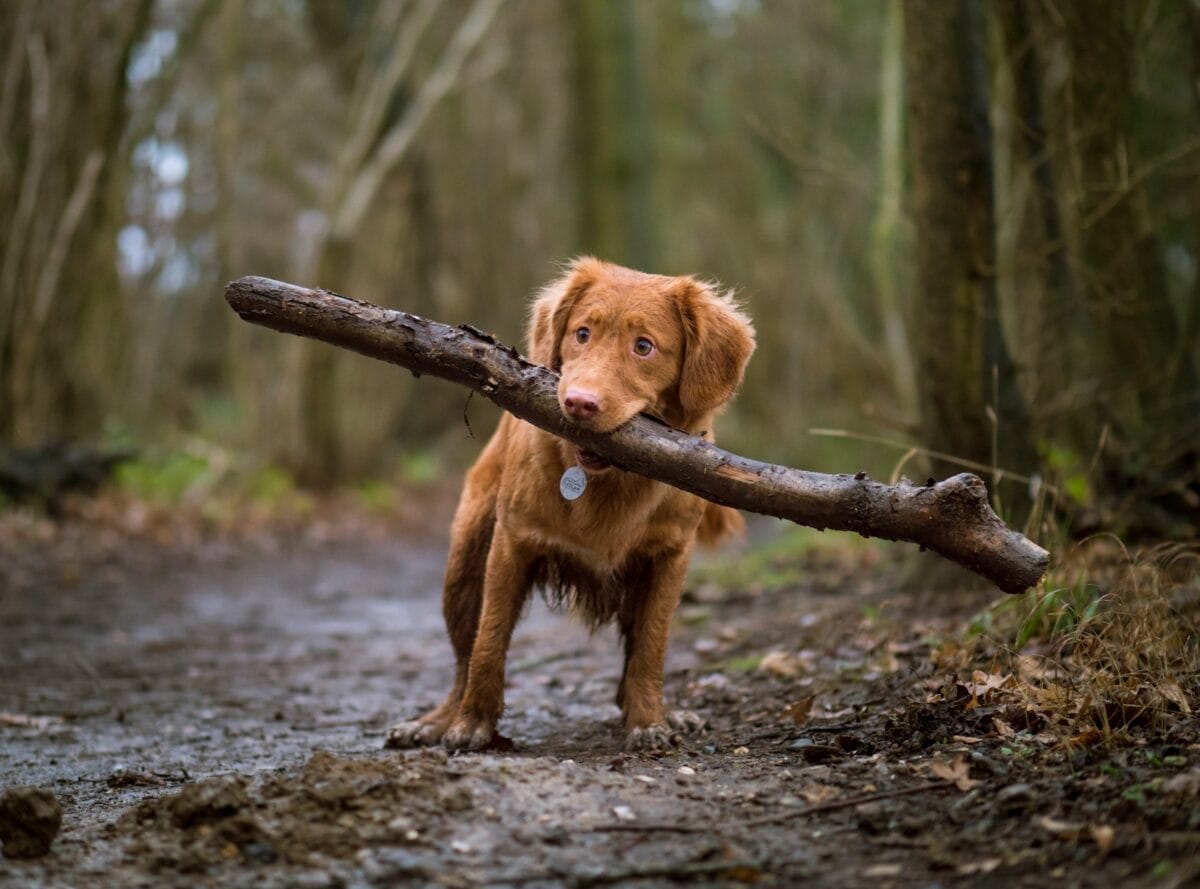Animals have developed a myriad of ways to communicate, often far surpassing human capabilities. For instance, elephants utilize low-frequency sounds, or infrasounds, which travel over several miles to communicate with herds across vast stretches. Similarly, dolphins employ an intricate system of clicks and whistles unique to each individual, akin to human names, aiding in group cohesion and identification.
20. Incredible Adaptations for Survival
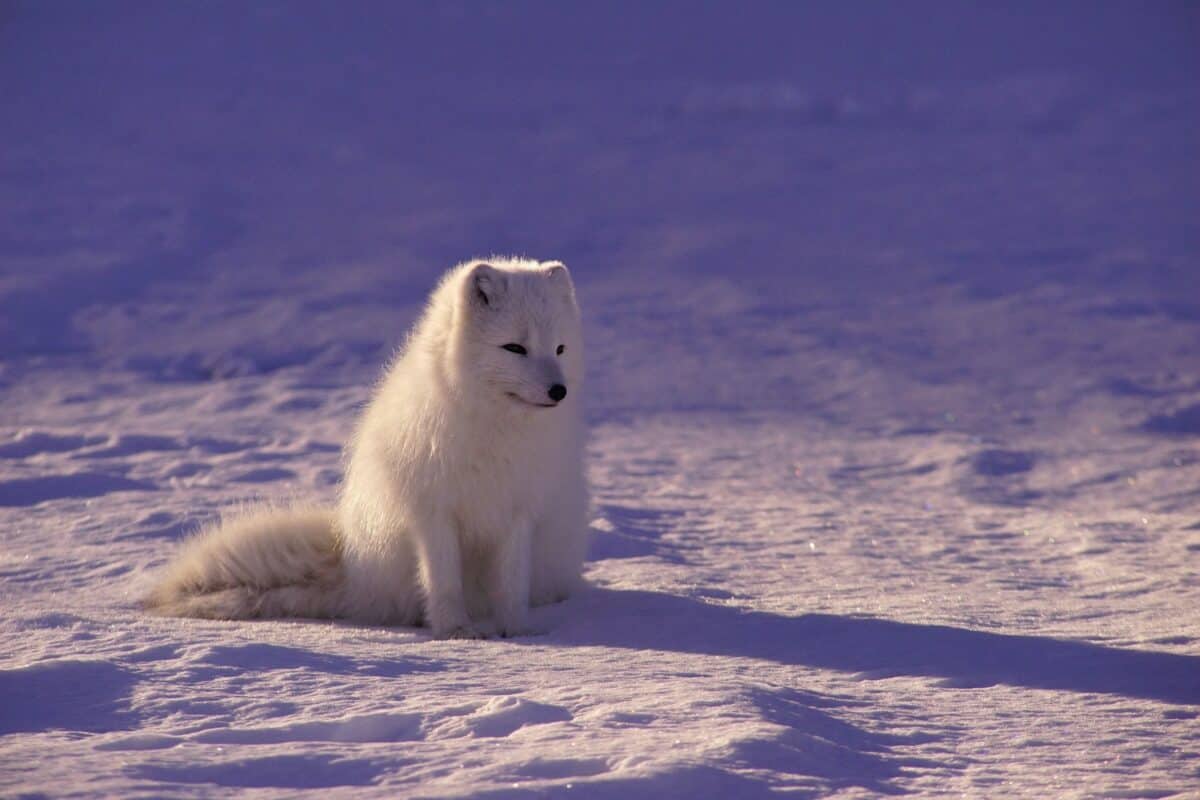
Throughout evolution, animals have undergone remarkable adaptations to thrive in their environments. The Arctic fox, for example, has fur that changes color with the seasons, providing effective camouflage against predators. Meanwhile, the axolotl, a Mexican salamander, can regenerate lost limbs, a feat few vertebrates can perform.
19. Remarkable Social Structures

The animal kingdom showcases an array of complex social structures. Ant colonies function as superorganisms, with each ant having a specific role crucial for the colony’s survival. Another fascinating example is the matriarchal society of orcas, where older females lead the pod and pass down essential survival knowledge to younger generations.
18. Mind-Boggling Intelligence
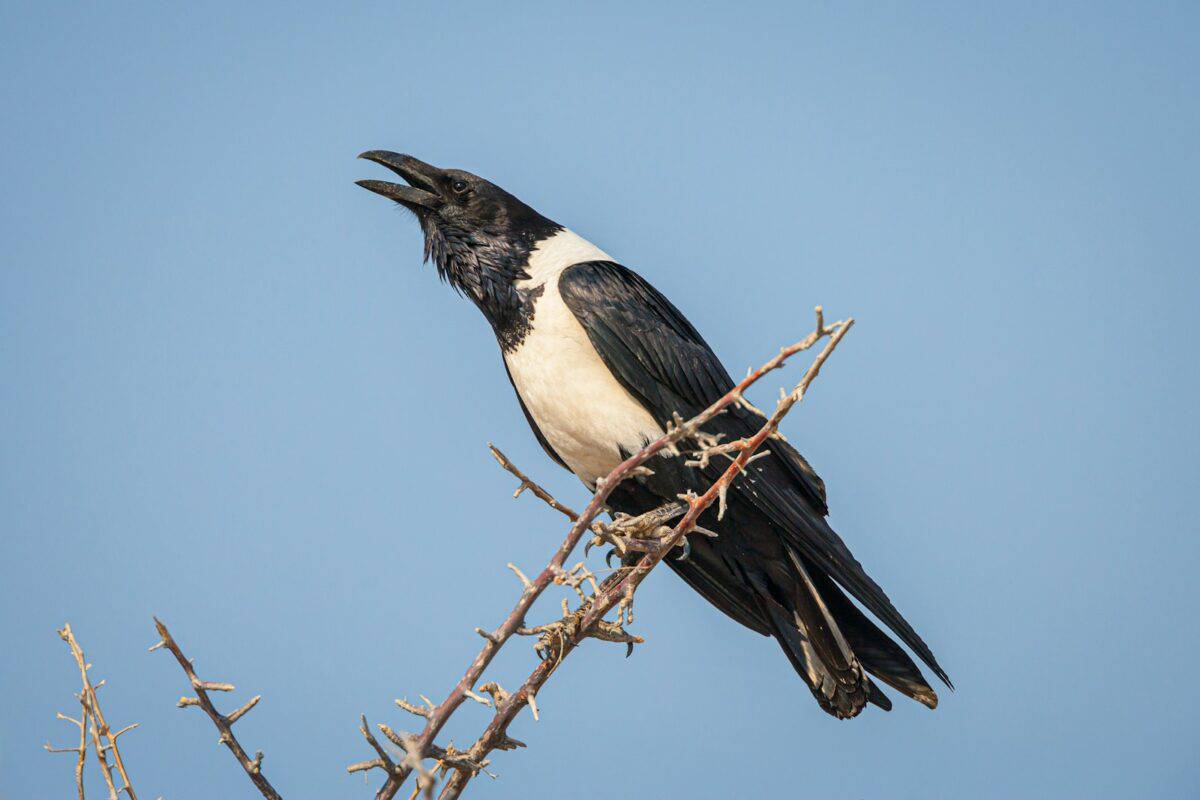
Animals display intelligence in unexpected and jaw-dropping ways. Crows and other corvids have demonstrated the ability to use tools and solve puzzles that rival the capabilities of young human children. Octopuses, too, exhibit a high level of problem-solving skills and can navigate mazes with ease.
17. Symbiotic Relationships Galore

Symbiosis is the interaction between two different organisms for mutual benefit, and the animal kingdom is rife with such partnerships. The clownfish and sea anemone share a famous symbiotic relationship where the clownfish gains protection among the anemone’s venomous tentacles, while the clownfish’s waste provides nutrients for the anemone.
16. Gravity-Defying Feats

Some animals seem to defy gravity with their incredible capabilities. For instance, the common house gecko uses tiny hairs on its toes to adhere to surfaces, allowing it to climb walls and even ceilings effortlessly. Meanwhile, the alpine ibex can scale near-vertical cliff faces, a feat that leaves many in awe of their balance and agility.
15. Astounding Migration Journeys

Migration is one of the most challenging yet fascinating aspects of animal behavior. The Arctic tern holds the record for the longest migration, traveling from the Arctic to the Antarctic and back each year, covering around 44,000 miles. Similarly, monarch butterflies travel thousands of miles from North America to central Mexico to escape the harsh winter.
14. Masters of Disguise

Many animals have mastered the art of disguise to blend seamlessly into their environments. The chameleon is renowned for its color-changing ability, which it uses for communication and camouflage. On the ocean floor, the mimic octopus takes disguise to another level by imitating other marine creatures, such as lionfish or flatfish, to avoid predators.
13. Bizarre Mating Rituals

The animal kingdom is home to diverse and often bizarre mating rituals. The male bowerbird constructs elaborate structures, or bowers, decorated with objects like shells and colorful bits, to entice females. In the underwater world, male seahorses play a unique role by carrying and nurturing developing offspring in their pouches.
12. Extreme Survival Strategies
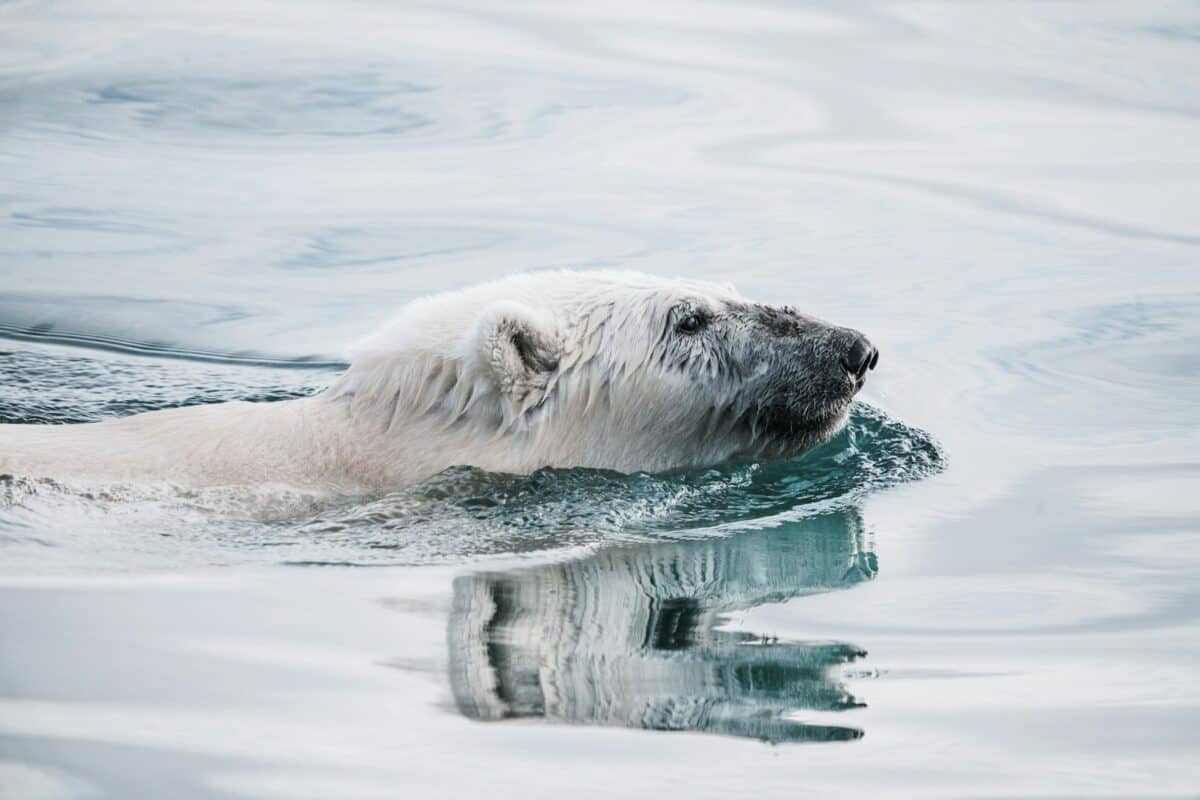
In challenging environments, animals often adopt extreme survival strategies. The tardigrade, or water bear, is one such creature; it can withstand extreme temperatures, radiation, and even the vacuum of space. Similarly, some frogs in colder climates enter a state of suspended animation during winter, essentially freezing solid, only to revive with the thaw.
11. Top-Speed Achievers

Speed can be a crucial factor in survival, and some animals have become incredibly fast to outrun predators or catch prey. The cheetah, the fastest land animal, can sprint at speeds of up to 75 mph in short bursts. In the air, the peregrine falcon dives at speeds exceeding 240 mph, making it the fastest bird and an adept hunter.
10. Giant Creatures of the Deep

The oceans house some of the planet’s largest creatures. The blue whale, for instance, is the largest animal ever to have existed, reaching lengths of up to 100 feet and weighing as much as 200 tons. In deeper, mysterious parts of the ocean, colossal squid roam, with eyes the size of dinner plates to detect elusive prey in the abyssal darkness.
9. The Wonders of Bioluminescence

Bioluminescence is the production of light by living organisms, a phenomenon that occurs in many marine species, such as jellyfish and certain types of fish. On land, fireflies use bioluminescence to attract mates, while some fungi and insects use it to deter predators by mimicking toxic species.
8. The Curiosities of Cannibalism
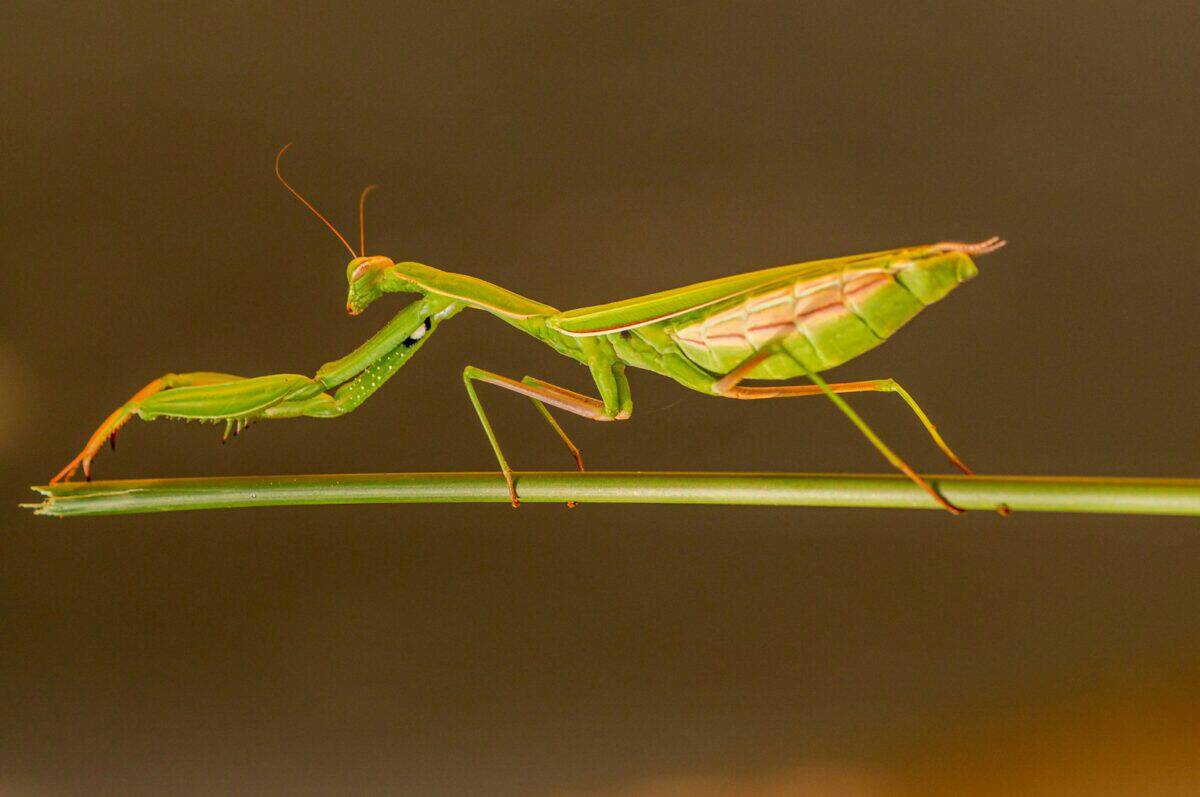
While often frowned upon in human society, cannibalism is a survival strategy observed in various animal species. The praying mantis female sometimes consumes her mate post-mating, a behavior thought to provide nutritional benefits for reproduction. Similarly, in the harsh conditions of the wild, polar bears have been known to resort to cannibalism to survive.
7. Ingenious Burrowing Techniques

Many animals are adept burrowers, constructing elaborate underground homes. The naked mole rat, an extraordinary example, not only digs complex tunnels but also exhibits eusocial behavior, similar to that of ants and bees, sharing a division of labor within the colony.
6. The Enchanting Realm of Parental Care

Parental care is not limited to humans but is widespread in the animal kingdom. Emperor penguins exemplify this by enduring harsh Antarctic conditions to keep their eggs warm. Poison dart frogs contribute similarly; males dutifully transport tadpoles on their backs to water pools.
5. Hyper-Accurate Navigators

Some animals possess astonishing navigation skills. The homing pigeon, for instance, can find its way back to its nest over long distances, relying on the Earth’s magnetic field and perhaps even olfactory cues. Sea turtles, too, return to the exact beach where they were born, guided by geomagnetic cues imprinted during their hatching.
4. The Role of Altruism

Altruism is not unique to humans; numerous animal species display selfless behaviors. Vampire bats, for example, will share blood meals with less fortunate roost mates, ensuring group survival. Meerkats take turns acting as sentinels, risking their lives to watch for predators while the rest of the group forages.
3. Compositional Skills in Nature

Some birds exhibit an impressive flair for composition, creating complex melodies that can be both territorial and attractive to potential mates. The lyrebird, native to Australia, is especially talented, capable of mimicking other birds, animals, and even man-made sounds with exceptional accuracy.
2. Gravity’s Defying Flyers

Bats are gravity-defying marvels, being the only mammals capable of sustained flight. Their intricate wing structures allow for agile manoeuvring, enabling them to navigate through cluttered environments at night, hunting insects with precision-guided by sophisticated echolocation.
1. Guardians of the Night: Nocturnal Wonders

The world of nocturnal animals is filled with wonders. Owls, with their exceptional night vision and silent flight, are effective hunters in the dark. Likewise, many nocturnal mammals, like the aye-aye, rely on enhanced senses of hearing and smell to thrive in the absence of daylight.
The animal kingdom, with its extraordinary behaviors, adaptations, and relationships, never ceases to amaze us. These 21 jaw-dropping facts are just a glimpse into the vast tapestry of life on Earth, highlighting the profound intricacies and marvels of the natural world.
- The Coldest Town in America—And How People Survive There - August 9, 2025
- How Some Birds “Steal” Parenting Duties From Others - August 9, 2025
- 12 Deep-Sea Creatures You Won’t Believe Exist - August 9, 2025

